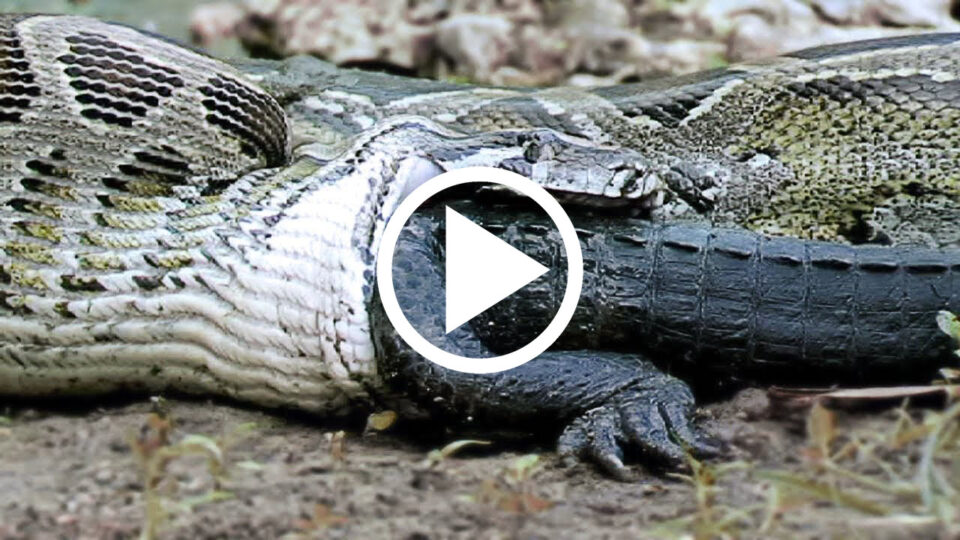Australia is a magical land filled with picturesque landscapes and one of the most diverse floras in the world. Nonetheless, it is the last place on earth I would visit. You must wonder why.
PYTHON
Pythons are nonvenomous snakes found in Asia, Africa, and Australia. The family Pythonidae contains some of the largest snakes in the world.
Most pythons are large snakes, such as the reticulated python, which can grow over 30 feet in length.
Depending on their local habitats and need for camouflage, coloring can range from elaborately patterned scales such as those on the Burmese python, the ball python, and many other species to solid brown to bright green.
Because of their bulk, pythons move by scooting forward in a straight line. Many species of python are excellent swimmers, and others hang from branches with their prehensile tails.
Pythons have different diets, depending on their size.
Small pythons, such as the anthill python, eat mostly rodents, lizards, and small birds.
Bigger pythons eat mammals as big as monkeys, wallabies, antelope, and pigs.
According to the San Diego Zoo, a rock python was once found with a small leopard in its stomach.
Pythons are nonvenomous ambush predators.
Some species are capable of swimming and may lie partially submerged in shallow water waiting for prey to visit the water.
When the prey is dead, pythons slowly open their jaws and swallow the prey whole, headfirst. Once the meal is consumed, pythons rest in a warm place while they digest.
BOX JELLYFISH
Often found floating or moving at speeds close to five miles per hour in the Indo-Pacific waters north of Australia, these transparent, nearly invisible invertebrates are considered by the National Oceanic and Atmospheric Administration to be the most venomous marine animal in the world.
Their namesake cubic frames contain up to 15 tentacles at the corners, with each growing 10ft, all lined with thousands of stinging cells – known as nematocysts – which contain toxins that simultaneously attack the heart, nervous system, and skin cells.
While antivenins do exist, the poison is so powerful that many of the hundreds of reported victims each year go into shock, drowning, or dying of heart failure before reaching shore.
Even if you’re lucky enough to make it to the hospital and receive the antidote, survivors can sometimes experience considerable pain for weeks afterward and bear nasty scars from the stings.
It really makes you think twice about taking a swim in the ocean.
Even if these creatures swim in deep waters, once you know this, you’ll always panic at the mere sight of a jellyfish in the water even if it’s not the boxed jellyfish.


